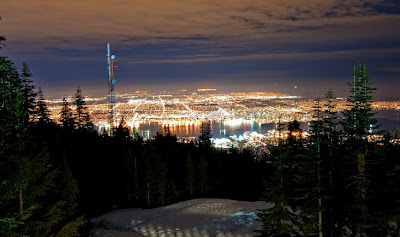

Monday 16 April 2012
Thursday 12 April 2012
Free of ice and the giant marine and flying reptiles, a new line-up of mammals, flightless birds, crocodiles, snakes and turtles thrived in the warm, wet climate, rapidly adapting and dominating the forests, oceans and skies.
New and fanciful creatures, the monotremes, marsupials and placentals explored and took root in the Gondwanan forests as conifers gave way to broad-leaved trees in an ever changing landscape.
Saturday 7 April 2012
Wednesday 4 April 2012
ANCIENT WETLAND
 Chuckanut Drive is much younger than other parts of Washington. The fossils found there lived and died some 40-55 million years ago, very close to where they are now, but in a much warmer, swampy setting. The exposures of the Chuckanut Formation were once part of a vast river delta; imagine, if you will, the bayou country of the Lower Mississippi. The siltstones, sandstones, mudstones and conglomerates of the Chuckanut Formation were laid down about 40-54 million years ago during the Eocene epoch, a time of luxuriant plant growth in the subtropical flood plain that covered much of the Pacific Northwest.
Chuckanut Drive is much younger than other parts of Washington. The fossils found there lived and died some 40-55 million years ago, very close to where they are now, but in a much warmer, swampy setting. The exposures of the Chuckanut Formation were once part of a vast river delta; imagine, if you will, the bayou country of the Lower Mississippi. The siltstones, sandstones, mudstones and conglomerates of the Chuckanut Formation were laid down about 40-54 million years ago during the Eocene epoch, a time of luxuriant plant growth in the subtropical flood plain that covered much of the Pacific Northwest.This ancient wetland provided ideal conditions to preserve the many trees, shrubs & plants that thrived here. Plants are important in the fossil record because they are more abundant and can give us a lot of information about climate, temperature, the water cycle and humidity of the region.
The Chuckanut flora is made up predominantly of plants whose modern relatives live in tropical areas such as Mexico and Central America. If you are interesting in viewing a tropical paradise in your own backyard, look no further than the Chuckanut.
Glyptostrobus, the Chinese swamp cypress, is perhaps the most common plant found here. Also abundant are fossilized remains of the North American bald cypress, Taxodium; Metasequoia (dawn redwood), Lygodium (climbing fern), large Sabal (palm) and leaves from a variety of broad leaf angiosperm plants such as (witch hazel), Laurus (laurel), Ficus (fig) and Platanus (sycamore), and several other forms.
Subscribe to:
Posts (Atom)

